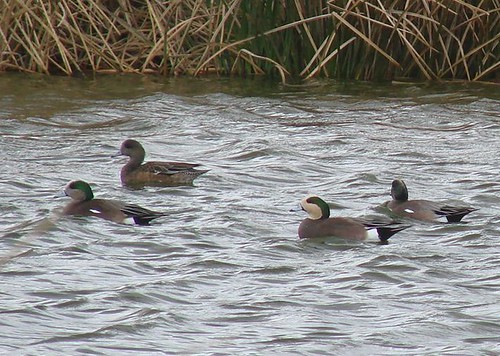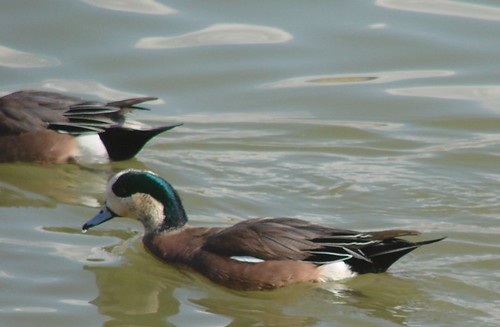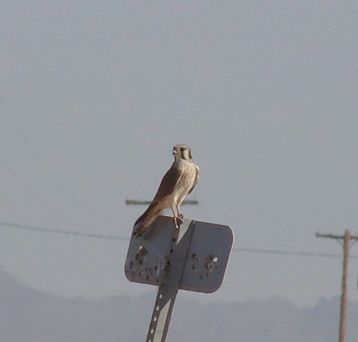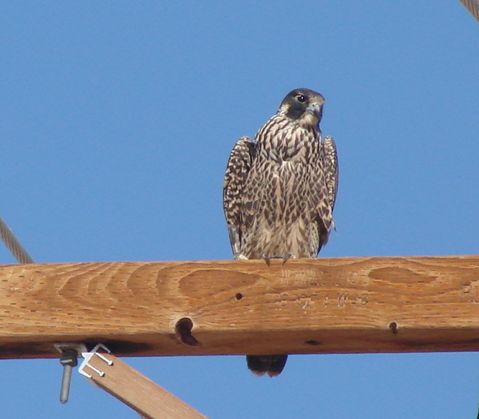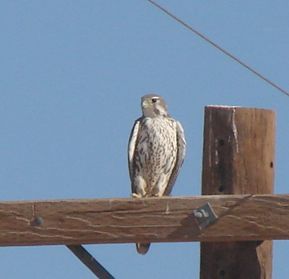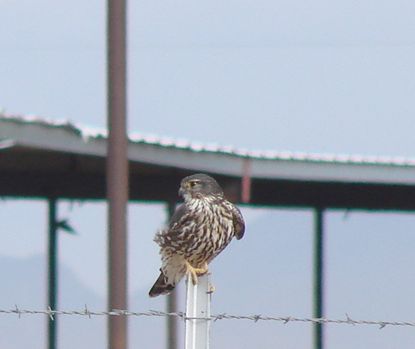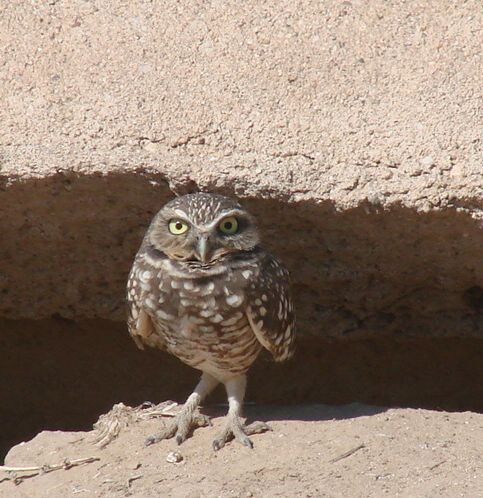Of all the highlights of a birding visit to Arizona, the sparrow watching is among the highest. But things are looking up here in Vancouver, too. Though emberizid diversity remains lowish–four species felt pretty good this morning in Jericho Park–the spirit of spring has descended, and I was never out of earshot of sparrow song.
Most abundant, naturally, were Song Sparrows. The heavily marked, somberly reddish birds here (presumptively morphna) may look startlingly unlike the familiar chocolate birds of the east and midwest (not to mention the pale, sparsely streaked fallax that breeds in Tucson). But they chup-chup like their conspecifics everywhere on the continent, and their bright songs are indistinguishable, to these middle-aged ears at least, from any Song Sparrow’s anywhere.
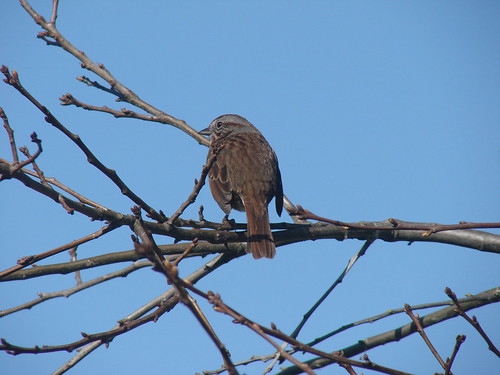
The dry rattles and whiny mewls of Spotted Towhees are impossible to miss in the park’s extensive area of brambles.

The towhees here are notably unspotted, with just a neat set of dotted white wingbars and nearly unmarked back and scapulars; that’s consistent with the expected local race oregonus, as is the uncomplicated trilling song with a slightly wooden quality.
Today, with bright sunshine and relatively warm weather, was the first day that Sooty Fox Sparrows had been singing.
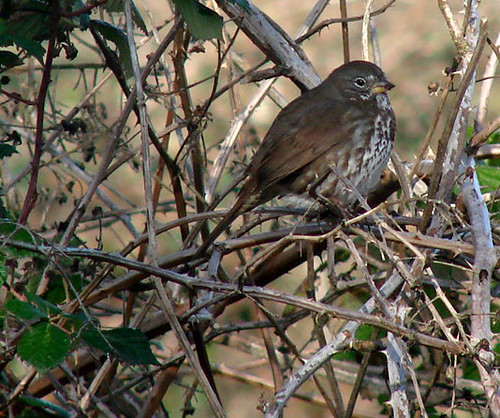
I don’t know whether this species breeds in the park–the singing was fairly subdued, the volume low and the melody line fairly flat, suggesting that this was perhaps just “subsong” from migrants inspired by the sunshine. Heaven knows that if I could carry a tune, I’d have been singing along.
The least common of this morning’s sparrows was that drabbest of the Zonotrichias, Golden-crowned Sparrow. They’re surprisingly shy for a “crowned” sparrow, but watching the edges of the blackberry thickets and underneath dense, low-growing conifers turned up several today–suggesting that there were likely many more, unseen, in the brush.
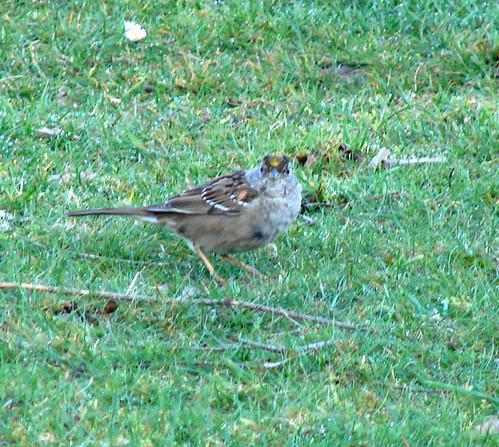
A couple of this morning’s golden-crowns were singing, a pretty little whistled song more like that of Harris’s Sparrow than of White-crowned. Of course, I don’t know yet what the local white-crowns sound like, so I’ll just have to keep on sparrow watching this spring.
Somebody has to do it.


